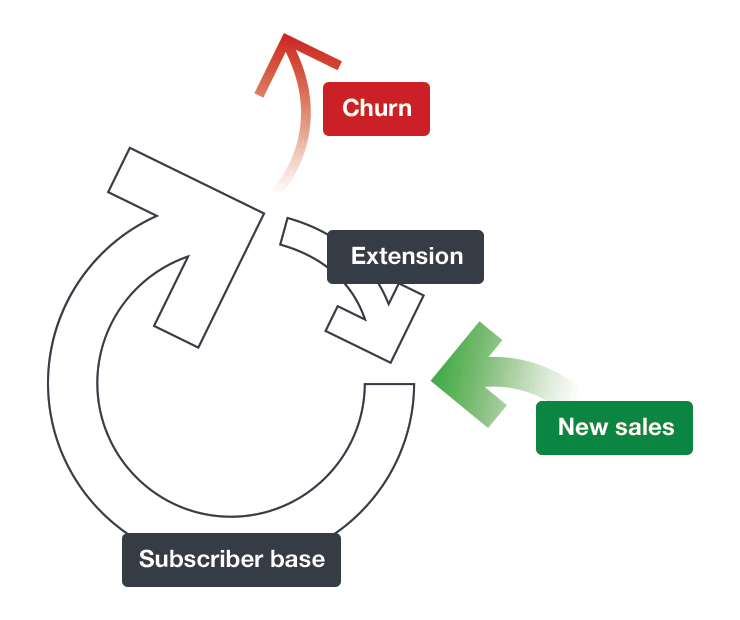On changing the worldNov 21, 2013
You are thinking about quitting your job. Launching your own business. Gathering a great team. Doing something meaningful. Changing the world.
Marvellous idea.
Fast forward to Day Two. Real life starts kicking in, stuff gets serious. You'll soon discover that it's a journey full of routine and burden of responsibility governed by the one and only God. The Cash Flow. And there's far too little Cash to keep the juices flowing. Not many will buy your stuff. Only your team, family and friends really understand how important your work is and how nice a guy you are. How great products you make. How much superior your product is to your competition.
Turns out that everyone else is busy manning their own holes to push their own products in exactly the same crappy situation. Competition is enormous, oxygen is scarce.
But hey — this will most probably change. You'll survive. If you really are good at what you are doing you can run but you can't hide. They'll discover you. You'll be drawn out from your little hole. Your products will be bought. Your passion and craftsmanship will be loved. You'll make at least a mid-sized dent in the universe.
You don't need to change the whole world. Change it for as many as you can. No one ever will reach each and everyone in the universe.
But do consider the marvellous idea of starting a new business diligently. Maybe switching your lousy job to a great one instead will do the trick.
Marvellous idea.
Fast forward to Day Two. Real life starts kicking in, stuff gets serious. You'll soon discover that it's a journey full of routine and burden of responsibility governed by the one and only God. The Cash Flow. And there's far too little Cash to keep the juices flowing. Not many will buy your stuff. Only your team, family and friends really understand how important your work is and how nice a guy you are. How great products you make. How much superior your product is to your competition.
Turns out that everyone else is busy manning their own holes to push their own products in exactly the same crappy situation. Competition is enormous, oxygen is scarce.
But hey — this will most probably change. You'll survive. If you really are good at what you are doing you can run but you can't hide. They'll discover you. You'll be drawn out from your little hole. Your products will be bought. Your passion and craftsmanship will be loved. You'll make at least a mid-sized dent in the universe.
You don't need to change the whole world. Change it for as many as you can. No one ever will reach each and everyone in the universe.
But do consider the marvellous idea of starting a new business diligently. Maybe switching your lousy job to a great one instead will do the trick.








